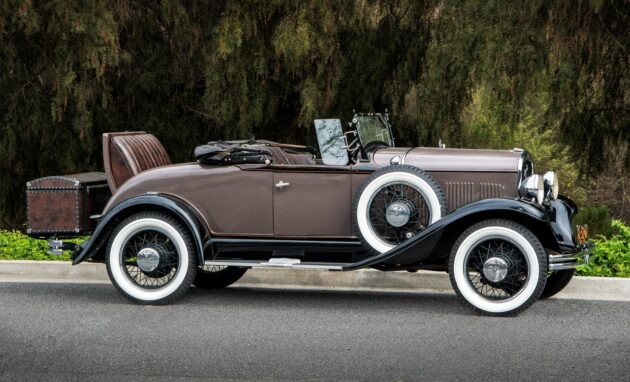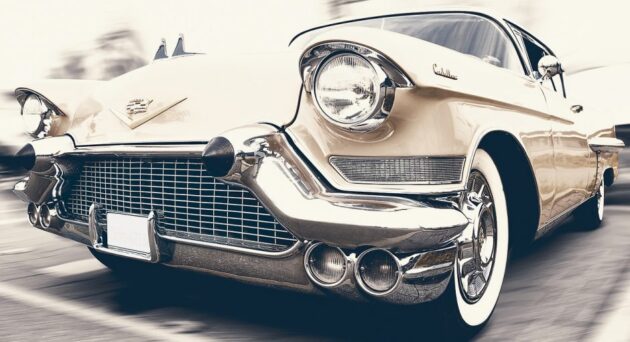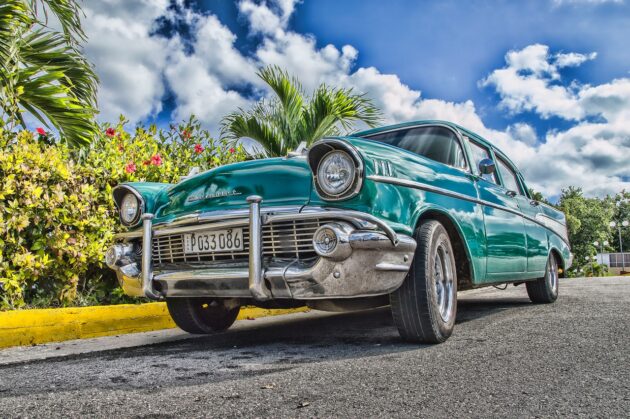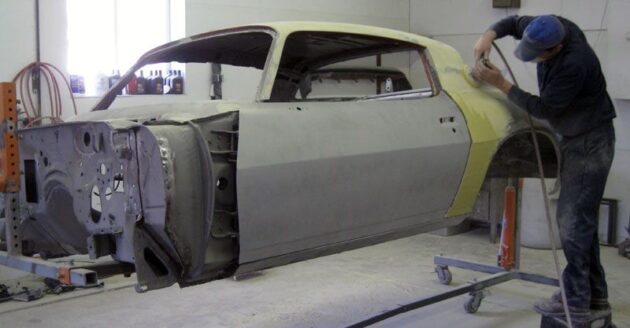If you want to restore a classic car, patience is what you need first. The process of learning the skills takes time, but the outcome is worth the wait. Most classic car projects that start, only about 30% make it to the end. You’ll spend most of the time gathering materials needed for your car restoration. Of course, it won’t be an easy task assembling
the required parts all at once. But you can achieve your desired plan without spending a lot of money.
Alternatively, you can look for experts to help restore your car at a friendly budget. Plum Crazy Restorations are reputable car classic professionals that can align your project from start to the end within an agreed timeframe. But then again, in this guide, you learn practical mechanical plan to help you start even if it’s your first time on a budget.
Finding Your Car

The first step is to find a car that you need to restore. And since you are working on a project that you’ll spend within your budget, look for unfinished classic car projects. They can reduce the time you were to spend searching for car parts from scratch. On the other hand, you can search for complete projects that require most of your input without blowing away your set budget.
At this stage, you need to spend most of the time searching for any classical car projects. You can connect with classical car enthusiasts from various platforms on the web and ask for referrals. Check local magazines, online car projects ads, and even with your close friends. Even after you get leads, take time to assess whether the project is worth investing. Avoid any hurried decisions because some classic car projects can give you headaches searching for parts and end up spending more money.
Finding Parts

You need to go through your new classical car to identify all the missing parts. Most of the classical car parts need a replacement for lack of proper maintenance or normal wear and tear. Make a list of all the missing parts and start the search. Be careful though not to purchase generic car parts that imitate the original items. Even though they may replace the original items, you may end up going back for new ones sooner or later and cost you more money.
Look for parts from local junkyards and see whether they have a similar car. Purchase what they have from your list considering your budget limit. You can proceed with your search online in case you need more parts. It’s easier to find individuals putting their cars and parts for sale online. See for similar parts or ask from online forums about the specific car parts you need and you may end getting the right source such as classicbikepartscheshire.com.
There are many groups’ online selling car parts even on social media, which can help you compare prices.
Restoring your Ride

Restoring classic cars is time consuming, dirty, tiresome, and doing it yourself is the only way to stay within budget. After the restoration comes the maintenance, so make sure that you can maintain it on a budget. There is no shortcut to that. And though you’ll spend long hours fixing here and there, it’s the only budget-friendly route. Prepare your working area especially that protects your project from the weather. Be ready to spend a whole year working on your car, depending on its condition. Network with other car enthusiasts to learn about the tools they use and their restoration techniques.
Get somebody with experience to train you if possible. You need to understand where to fix every car parts. Don’t rush to complete the project; overexcitement may cause you to skip important restoration process. After you are done with the body part, spare some money to hire an expert to fix the paint job. You need your outer look to appeal and therefore, don’t screw when you are yet to perfect your skills.
Restoring a classic car on a budget can be a challenging yet rewarding experience. However, if you find yourself with a project that’s become too costly or time-consuming, remember there are options available. You can get cash for junk cars, which could provide the funds you need to continue your restoration journey with a different vehicle.
Classic Car Restoration Plan

Before you start, there are several factors you need to consider by examining the intensity of the work involved. Here are things you need to check.
- Evaluate the car – You need to assess the amount of work required to restore your car. Did you buy an old car that has been off-road for decades? Is the body in good condition but with a faulty engine or vice versa? Check whether your classic car is rusty and old for lack of proper care; after you examine the details that will show the amount of money needed and time to restore the car.
- Authenticity – If you have enough budget going for original and brand parts will help you maintain your classic car’s originality. Alternatively, you can decide to buy generic parts at a lower price if the original parts are pricey and beyond your budget. So, you can customize the car with generic parts to fit your needs without worrying about pre-assigned features from its original appearance.
- Plan Your Budget – List every needed item one by one from interior to exterior materials. Identify the prices of every item and sum them together to see the required total cost. When you finally get the figure, try to stay within the budget. Determining the prices of the needed parts helps you avoid amplifying the budget by purchasing one item at a time.
- Fix the Car yourself – The do-it-yourself approach will save you lots of money in the process and depend on your level of expertise with cars. If you have no mechanical knowledge, then it will take a long time before completing the project. The DIY approach may help you learn in the process but requires professional guidance not to mess things up. In that case, include expenses to hire a professional from time to time.
- Seek professional Assistance – If it’s your first time, you need to ask other professionals when stuck. Forums are helpful as you tend to find classical car enthusiasts of all stages. Some were at your stage, and pointing procedures you should follow may help you big time.
- Plan Your Restoration Schedule – Plan your restoration schedule by either starting with the interior and then the exterior part. If the car requires you rip it into pieces first, organize your working area to pick parts with ease without misplacing needed items when you need them. The plan may roughly give you the timeframe you need to finalize the project.
Conclusion
Before you begin to restore a classic car on a budget, identify the condition first to see whether it’s worth time and money. Check whether your home space is enough or you need to borrow a garage. When you follow all the procedures above, there will be no need to break a bank to fix your car. When you finalize with the project, enjoy your classic car while still alive.
